HRS 2022: Late-Breaking Science Video Collection
Published: 11 May 2022
-
Views:
 1519
1519
-
Likes:
 7
7
-
Views:
 1519
1519
-
Likes:
 7
7
-
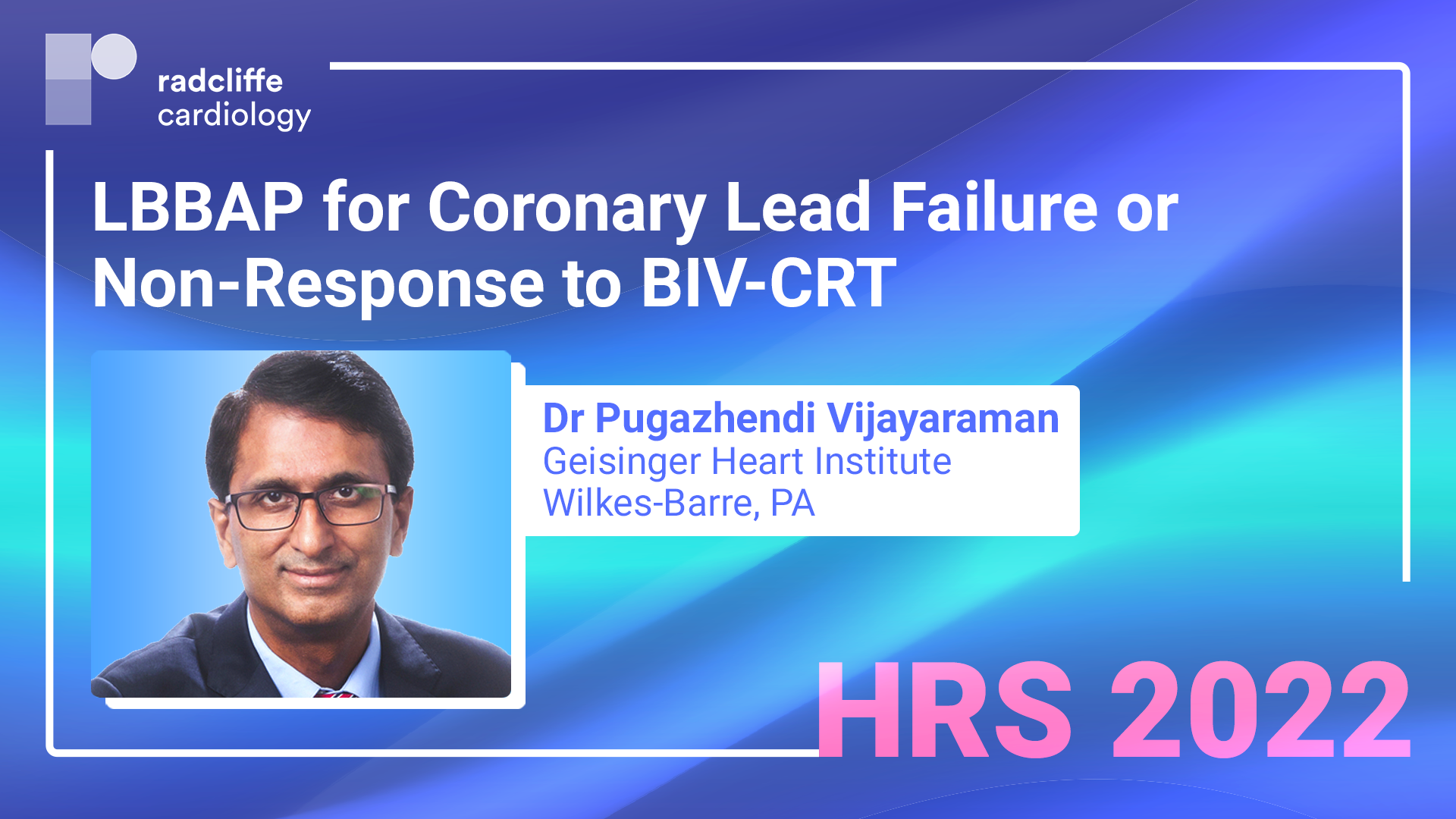 Up Next
Up Next -
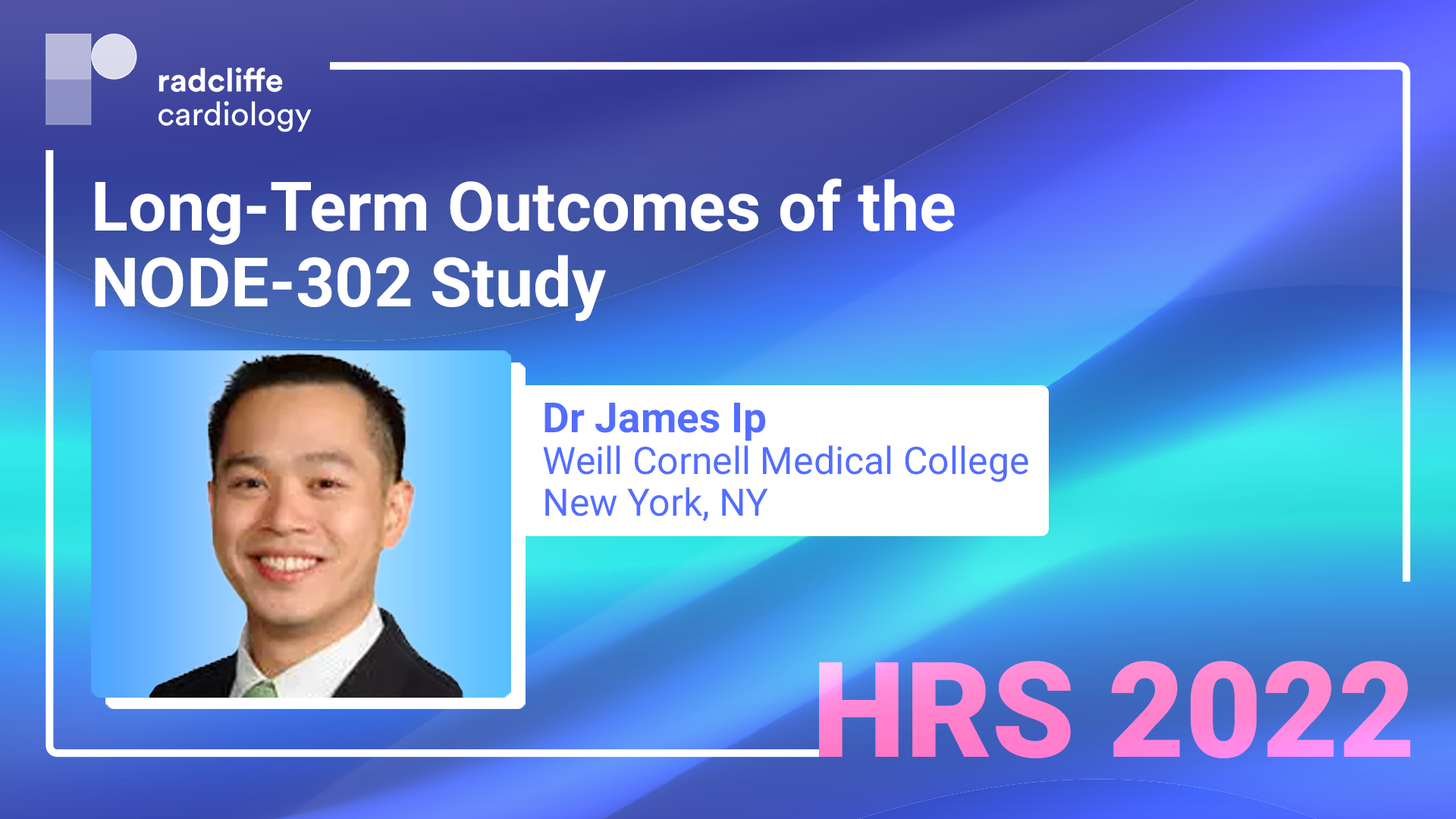 2m 38sPart 1 | Session 2 HRS 22: Long-Term Outcomes of the NODE-302 Study
2m 38sPart 1 | Session 2 HRS 22: Long-Term Outcomes of the NODE-302 Study -
 7m 47sPart 1 | Session 3 HRS 22: Findings From a Sub-Analysis of EAST-AFNET 4
7m 47sPart 1 | Session 3 HRS 22: Findings From a Sub-Analysis of EAST-AFNET 4 -
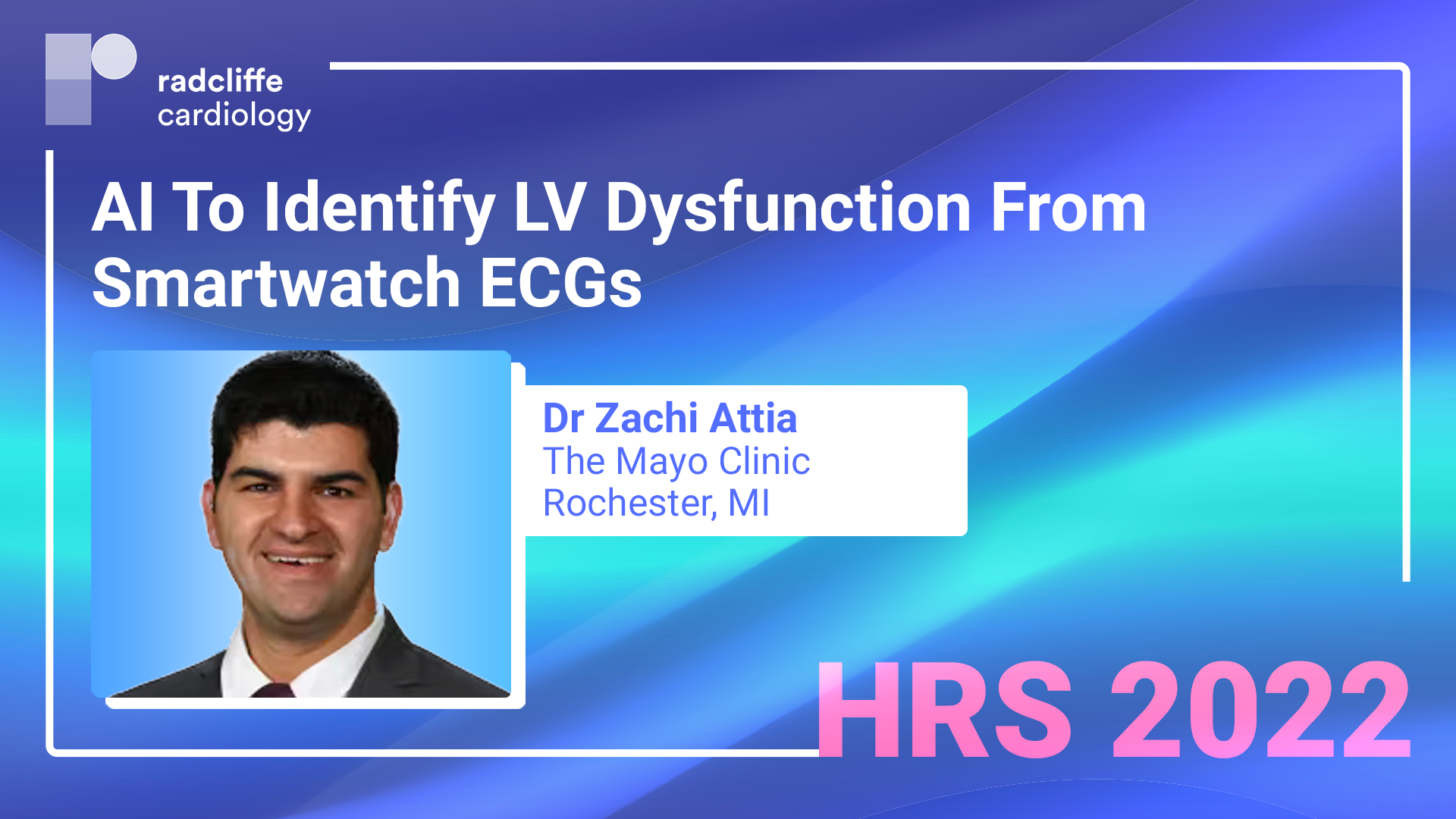 6m 18sPart 1 | Session 4 HRS 22: AI To Identify LV Dysfunction From Smartwatch ECGs
6m 18sPart 1 | Session 4 HRS 22: AI To Identify LV Dysfunction From Smartwatch ECGs -
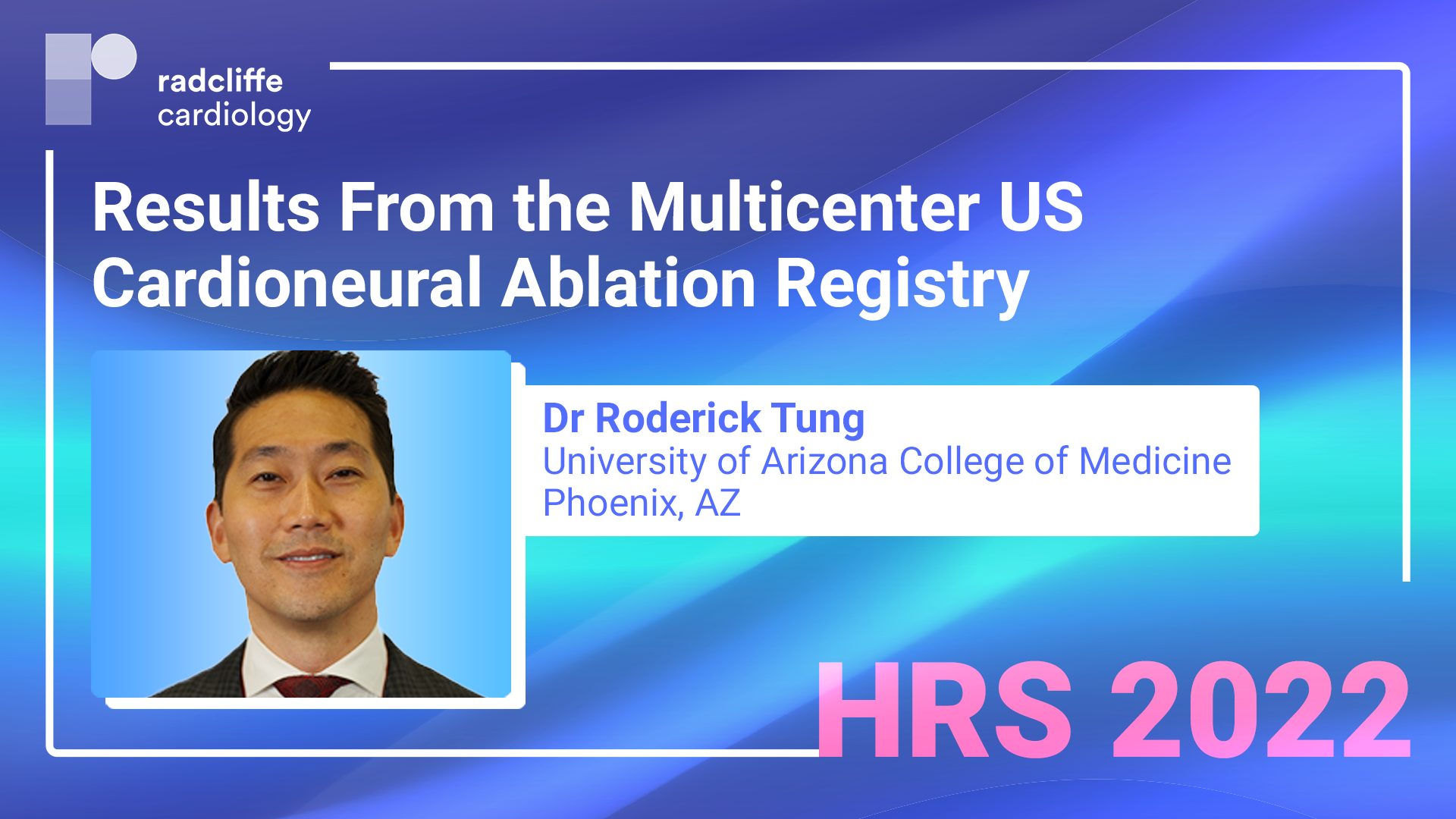 5m 33sPart 1 | Session 5 HRS 22: Results From the Multicenter US Cardioneural Ablation Registry
5m 33sPart 1 | Session 5 HRS 22: Results From the Multicenter US Cardioneural Ablation Registry -
 6m 35sPart 1 | Session 6 HRS 22: Outcomes From the Mental-AF Trial
6m 35sPart 1 | Session 6 HRS 22: Outcomes From the Mental-AF Trial -
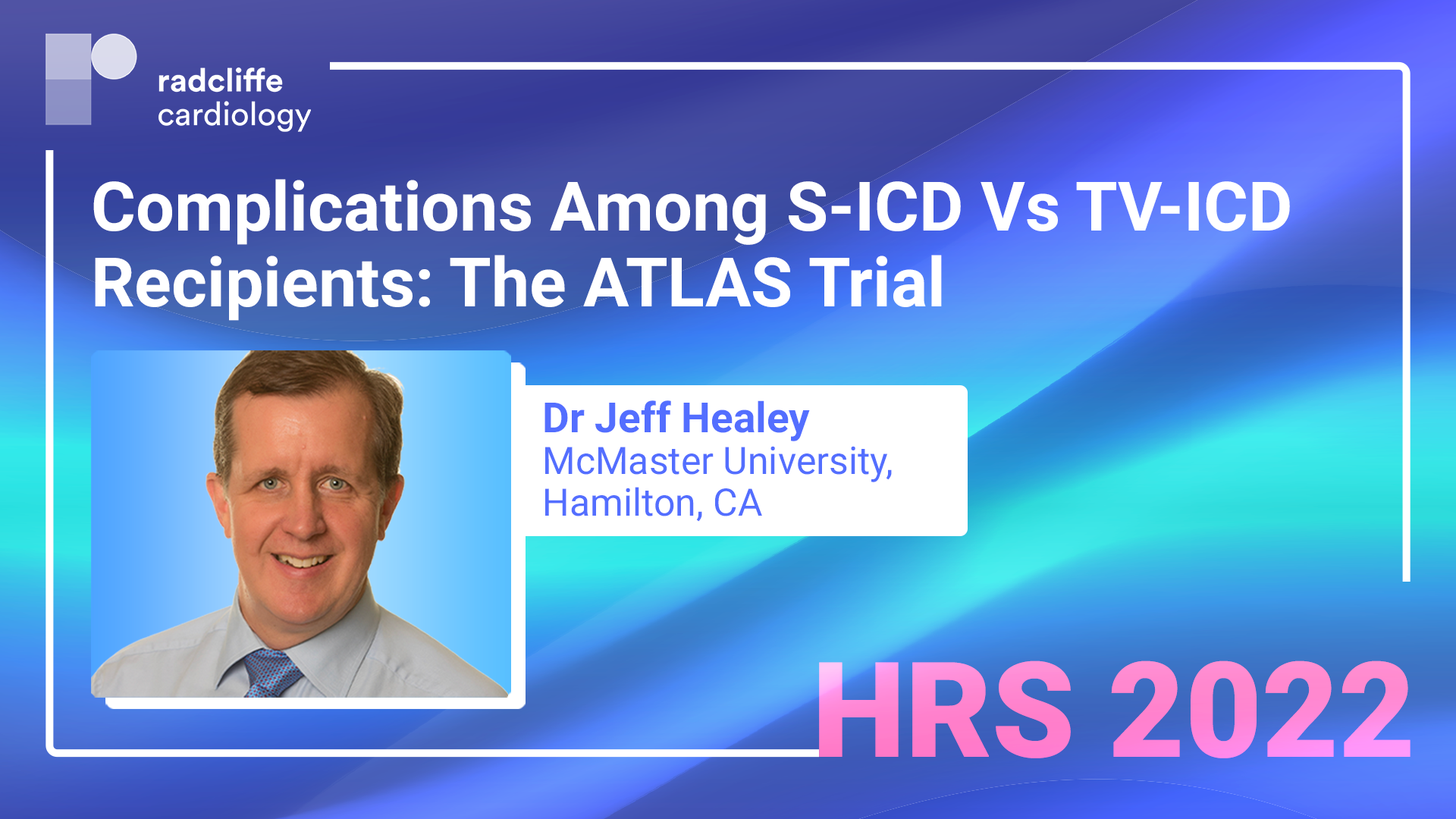 12m 12sPart 1 | Session 7 HRS 22: Complications Among S-ICD Vs TV-ICD Recipients: The ATLAS Trial
12m 12sPart 1 | Session 7 HRS 22: Complications Among S-ICD Vs TV-ICD Recipients: The ATLAS Trial -
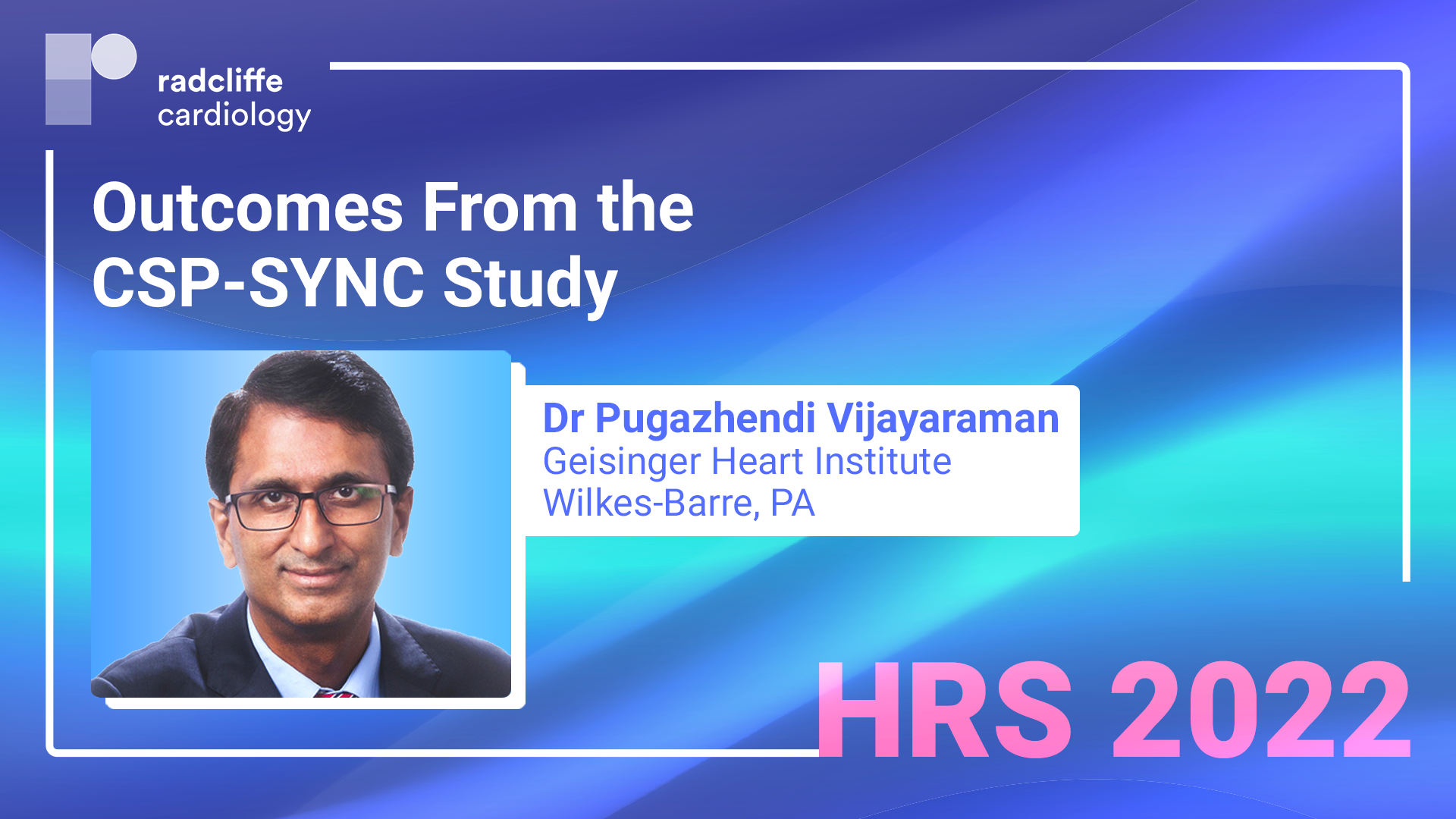 4m 4sPart 1 | Session 8 HRS 22: Outcomes From the CSP-SYNC Study
4m 4sPart 1 | Session 8 HRS 22: Outcomes From the CSP-SYNC Study -
 6m 53s
6m 53s -
 4m 59s
4m 59s -
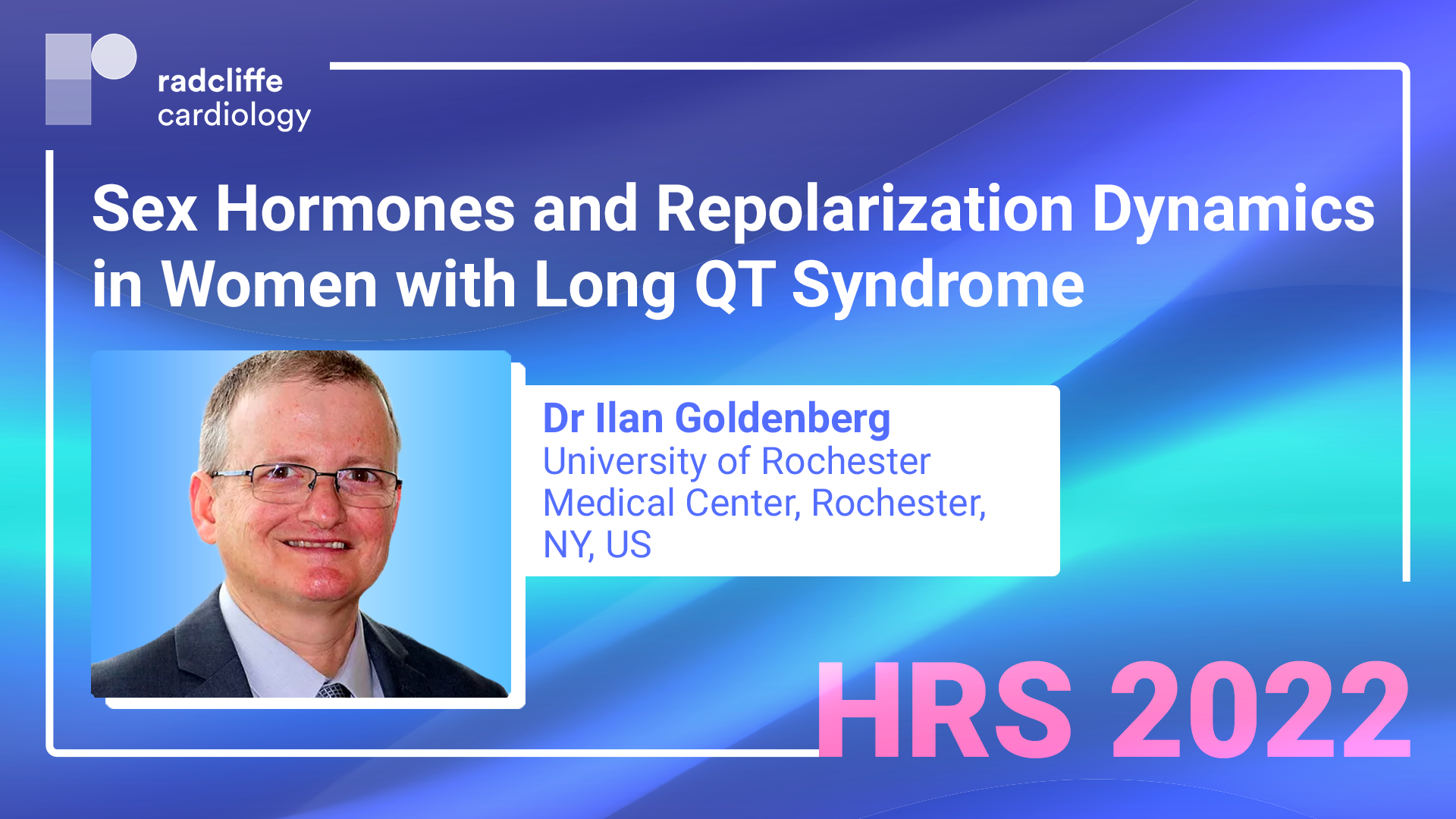 6m 54sPart 1 | Session 11 HRS 22: Sex Hormones and Repolarization Dynamics in Women with Long QT Syndrome
6m 54sPart 1 | Session 11 HRS 22: Sex Hormones and Repolarization Dynamics in Women with Long QT Syndrome
Overview
Short, accessible expert interviews were conducted at HRS 2022 with select faculty focusing on the results, applicability, and impact on future research.
More from this programme
Part 1
Expert Interviews
Faculty Biographies
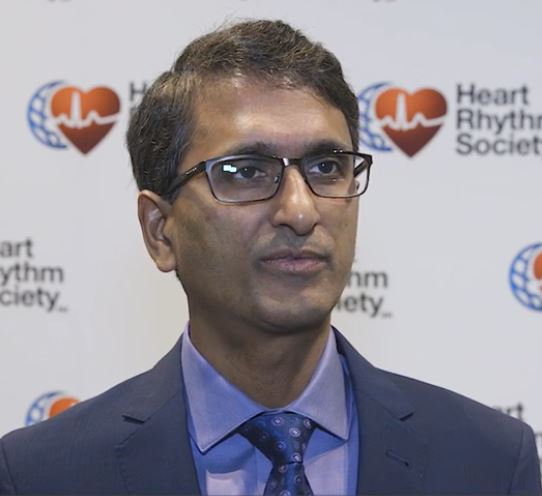
Pugazhendhi Vijayaraman
Dr Pugazhendhi Vijayaraman obtained his medical degree from Madurai Medical College and completed his residency at Jacobi Medical Center. He completed his fellowships in cardiovascular diseases and clinical cardiac electrophysiology at the Albert Einstein College of Medicine of Yeshiva University, Montefiore Medical Center.
Dr Vijayaraman specialises in cardiac electrophysiology, cardiac ablations, cardiac device implantation, His bundle pacing and Watchman. His clinical interests include electrophysiology. He is board certified by the American Board of Internal Medicine in internal medicine, cardiovascular disease and clinical cardiac electrophysiology.
Transcript
Importance of this study
Yeah, this is important study in the sense that for those patients who failed biventricular pacing in the past, the choices were somewhat limited and the choice were also somewhat drastic in the sense that simple transvenous procedure now needs surgical placement of a lead, which increases morbidity. There are some newer alternative implantation of a complex device called EBR system where you implant a transventricular endocardial LV, placement with additional devices to perform resynchronization. But the study shows that left bundle branch area pacing, which is similar to biventricular pacing transvenous lead placement and can be performed at the same time as performing a biventricular pacing that can rescue in cases where you fail biventricular lead placement. So it has huge implications for the patient and the cost for the health system.
Patient cohort, study design and endpoints
In this international multicenter study involving 16 centres we collected retrospectively on patients who had failed prior biventricular pacing implantation and then who went on to undergo left bundle branch area pacing. And we looked at the reasons for why they failed biventricular pacing and also looked at patients who failed to respond to a successful biventricular pacing. So overall we had about 212 patients. We were successful in 200 patients with a 94% success rate in this population. And 156 of them were lead failure patient and 44 patients with non-responders. What we found was that the success rate and the outcomes of this group was significantly improved, both clinically in terms of reducing heart failure hospitalisation, improving functional class, and more importantly, improving left ventricular ejection fraction in a significant percentage of the population. Overall, when we looked at the two groups, both the non-responders and the lead failure group we were able to show that the lead failure groups performed significantly better. About 70% of them had clinical and echocardiographic response, while the non-responders had slightly under 50% response rates suggesting that those patients are much sicker group of patients. And looking at the outcome of death or time to first heart failure hospitalisation, the patients who had lead failure subsequent to left bundle branch area pacing did significantly better. There was a 13% incidence compared to 30% in patients who had non-response to biventricular pacing.
Key findings
Yeah. So what we learned from this study is that most patients who fail biventricular pacing we have a very easy, simple, and even better option to provide them cardiac resynchronization therapy. So in our centre and most of the participating centres, none of our patients go for surgical epicardial lead placement anymore because we have a simpler, easier solution for the problem.
Take-home messages
Yeah. So one thing we learned is a non-responder group. So this is a small population, but in the study, but there's a large group of patients who don't respond to biventricular pacing. So looking at these small subset of patient we should be able to gleam and identify which of these patients will benefit from an additional intervention with left bundle branch area pacing. So identifying those patients and providing them with this new therapy, we can improve the response rate in patients who fail biventricular pacing. And we need a prospective study to assess these outcomes.





